-
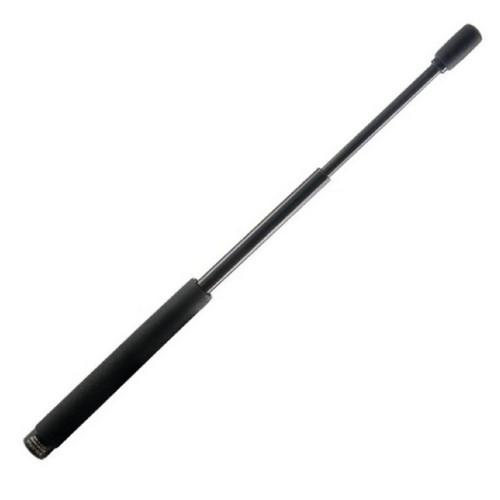
Monadnock
Monadnock AutoLock Expandable Batons, Black Chrome
Original price $234.25 - $239.55Sale price $191.69 - $196.03Free Shipping -

ASP
ASP Expandable 26" (60cm) (50cm) Friction Loc Baton (All Types)
Original price $194.00 - $203.00Sale price $155.20 - $162.40Free Shipping -

ASP
ASP Expandable 21" (50cm) Friction Loc Baton (All Types)
Original price $189.00 - $198.00Sale price $151.20 - $158.40Free Shipping -

Monadnock
Monadnock Detective Classic Friction Lock Expandable Baton
Original price $135.45 - $171.40Sale price $102.88 - $132.89Free Shipping -
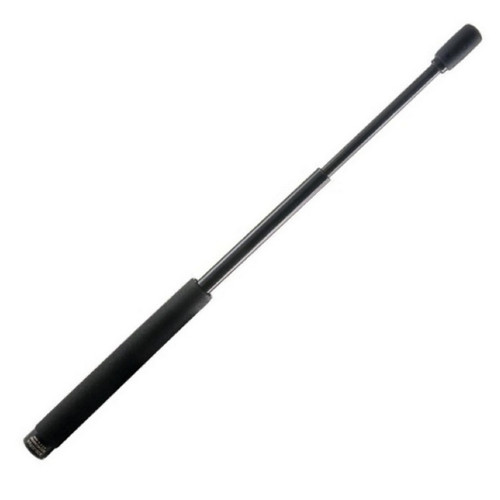
Monadnock
Monadnock 9830 AutoLock II Expandable 23" Baton w/ Firm Foam Grip & Power Safety Tip
Original price $248.60Sale price $204.78Free Shipping -
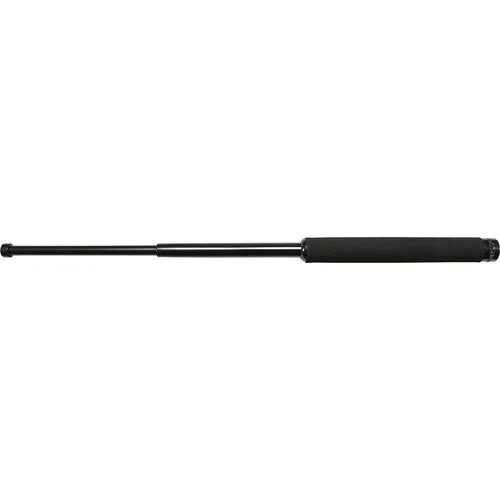
Smith & Wesson
Smith & Wesson S.W.A.T.® Lite Collapsible Baton w/ Nylon Pouch
Original price $65.99 - $76.99Sale price $35.12 - $41.88 -

-

ASP
ASP Expandable 21" (50cm) Talon Infinity Baton (All Types)
Original price $239.00 - $249.00Sale price $191.20 - $199.20Free Shipping -
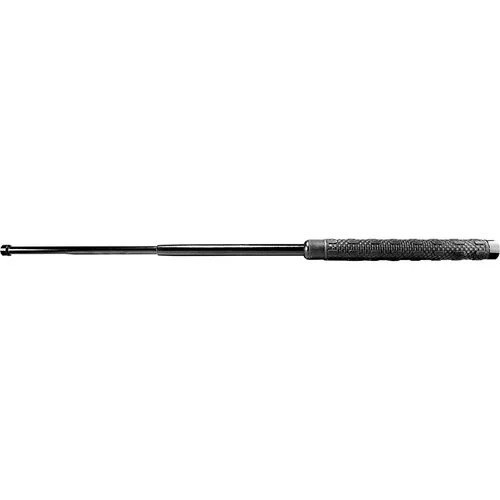
Smith & Wesson
Smith & Wesson Heat Treated Collapsible Baton w/ Belt Sheath
Original price $74.99 - $87.99Sale price $39.31 - $44.92 -
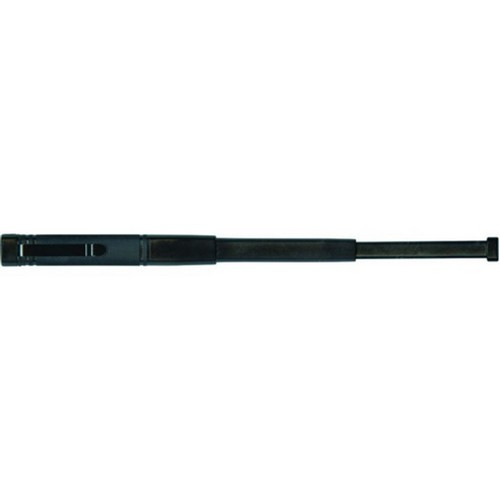
Smith & Wesson
Smith & Wesson SWBAT12B Small 12" Collapsible Baton w/ Hand Sheath
Original price $54.99Sale price $29.48 -

ASP
ASP Special Edition Cerakote Agent 40 Baton - 40cm Airweight
Original price $217.00Sale price $173.60Free Shipping -

Expandable Batons
The expandable baton is the most widely used piece of less-lethal self defense equipment in modern law enforcement. Expandable batons are portable, concealable, and extremely effective in close-quarters combat. Our selection features expandable batons from some of the world's most trusted law enforcement equipment manufacturers including Monadnock, Smith & Wesson and ASP.
Free Shipping On
Orders Over $99
Return Within
30 Days
Most Orders Ship
Within 24 Hrs
Secure Online
Shopping




